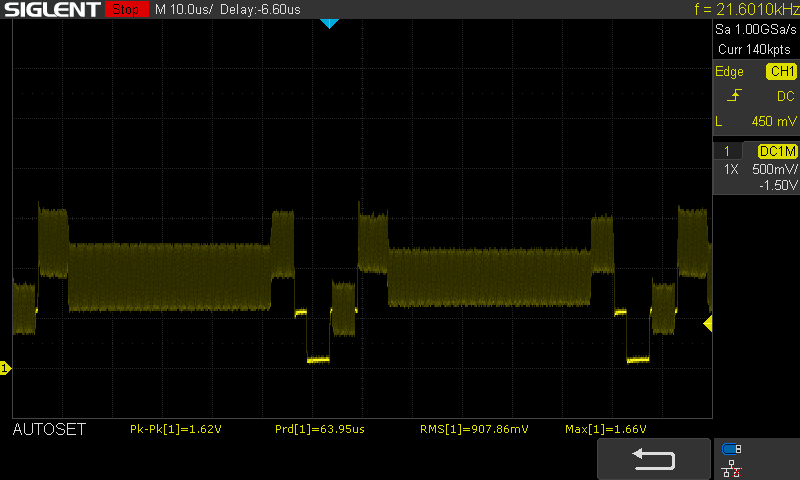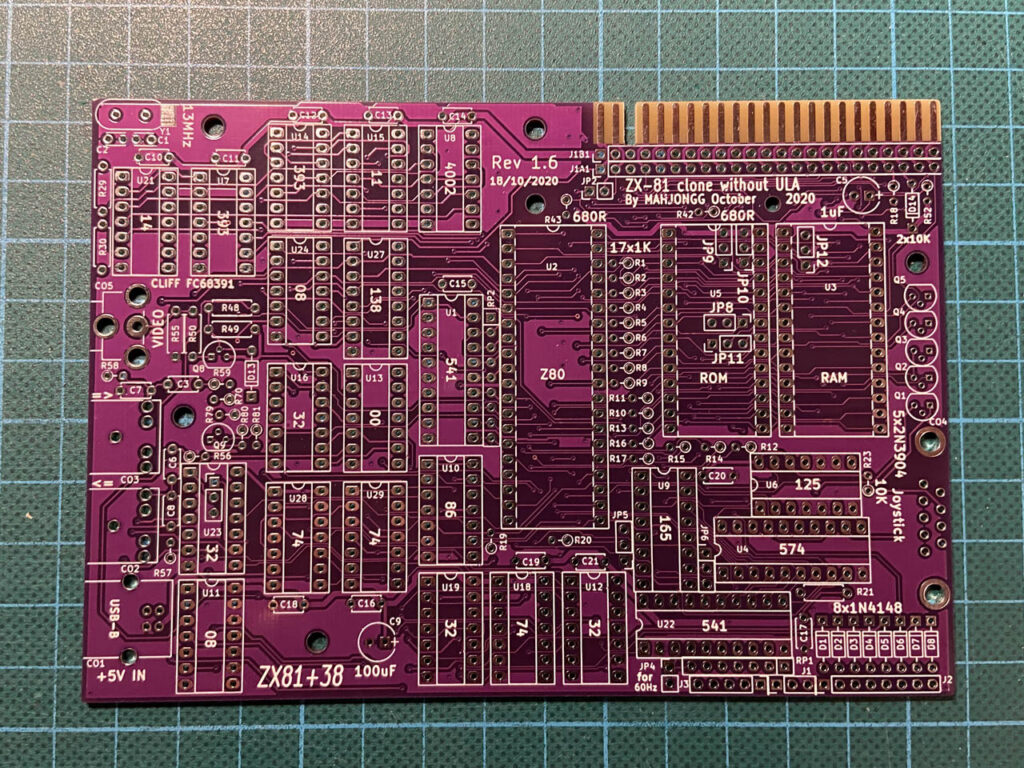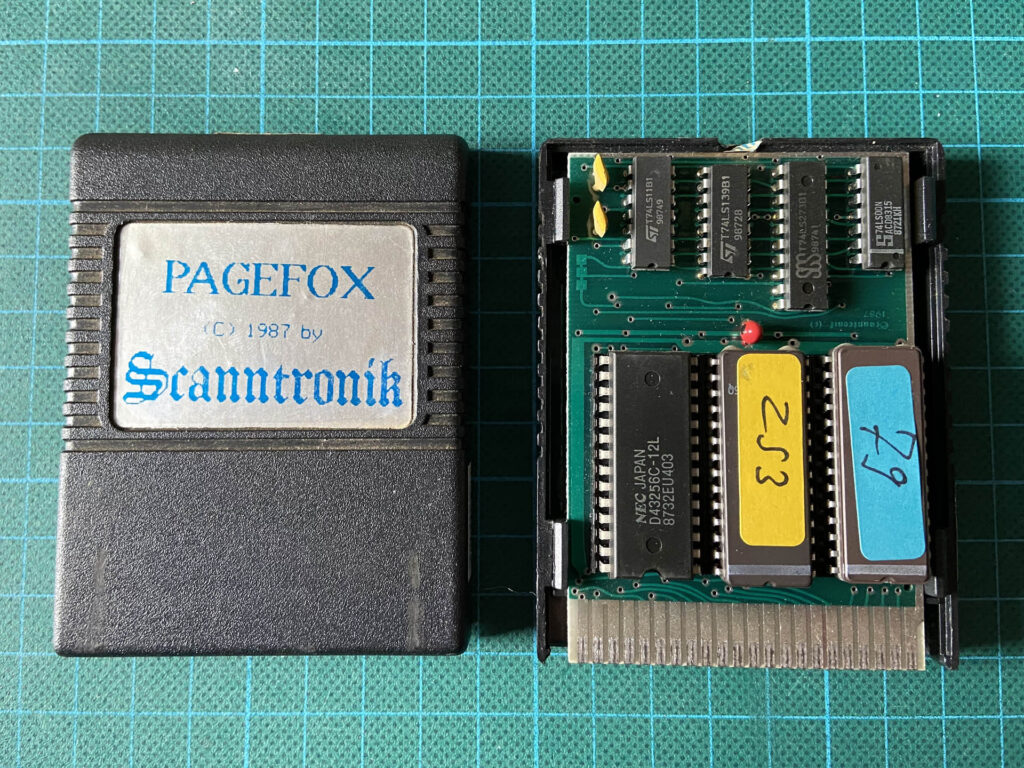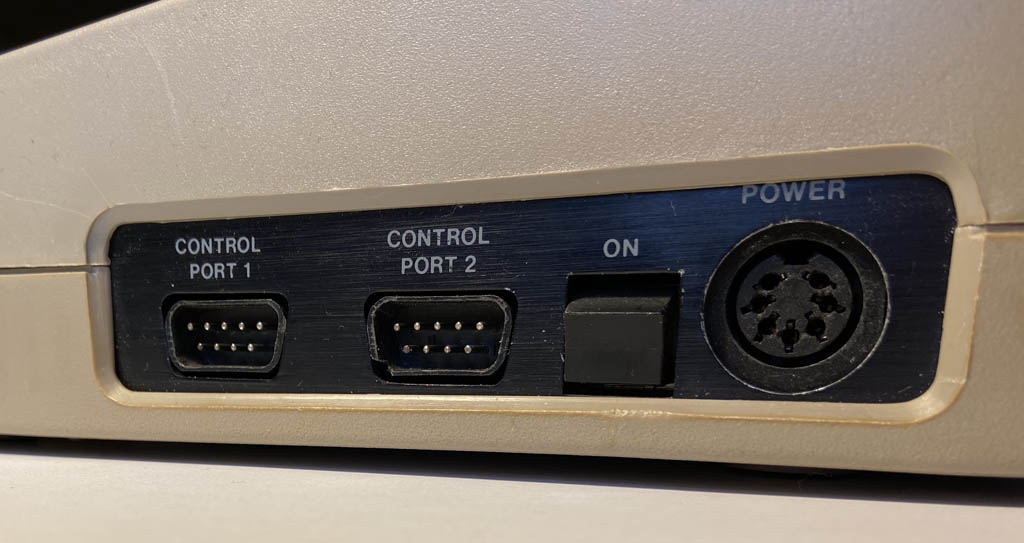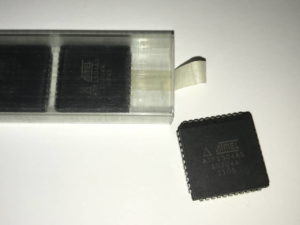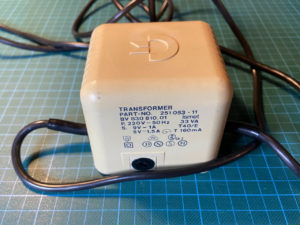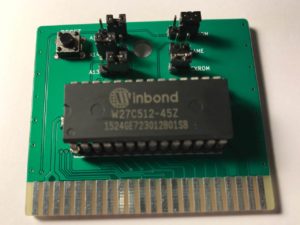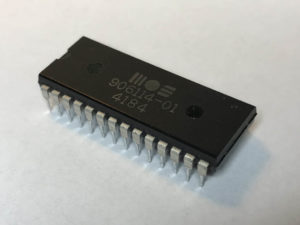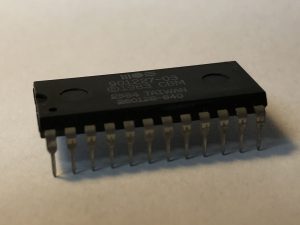It’s been over four years now that I created the SyncFix64 module in order to connect a cheapo car TFT display to my C64. This setup has served me well and it helped me repair quite a few motherboards since then. A few years later, when I got my first VIC-20 the display again failed to show anything despite the integrated SyncFix64 module. That was kind of disappointing, but I was lacking time and motivation back then to investigate further.
Category Archives: Making and Tinkering
Building a new ZX81 Computer
The ZX81+38 is a clone of the Sinclair ZX81 home computer that replaces the ULA found in the original with standard logic ICs. That means, it can be built with all parts still readily available today. It was created by Mahjongg, introduced on a forum dedicated to Sinclair computers, and document on the web with construction files available on Github.
Pagefox – Reverse Engineered and Replicated
Pagefox is a DTP (desktop publishing) software that comes as a cartridge for the expansion port of the Commodore 64. It was developed by Hans Haberl — who also created the graphics editor Hi-Eddi and the word processor Printfox — and it was published and sold by the small German company Scanntronik which is actually still in business today.
ESD Protection for the C64 Control Ports
The two 9-pin Control Ports located on the right-hand side of the C64 are used to connect joysticks and other input devices like paddles or even a mouse to the 8-bit computer.
The digital input pins are directly connected to one of the two 6526 Complex Interface Adapters (CIA) inside the C64, without any protection on the motherboard.
Erasing and Programming the ATF1504 CPLD
Last year, I acquired my first VIC-20 and when I discovered that someone shared the Gerber files for a fairly recent version of the Final Expansion 3 (english) for that machine on Github, I decided to set out and build one of those, of course. The FE3 might be a story for a later post, though. Because in order to build that cartridge, I first had to find an affordable way to program the ATF1504 CPLD that is used here.
C64 Saver Evolution
The original external power supply for the Commodore 64 comes in different forms but they all have one thing in common: With increasing age they are prone to failure and when they finally break they are likely to destroy the precious computer they were powering.
The power brick for the Commodore delivers both 9V AC and 5V DC, the latter being produced from 9V AC with a voltage rectifier and a linear voltage regulator. While this voltage regulator is generally very reliable, it has to operate at the upper limit of its specification which takes its toll after decades of use. When the regulator finally breaks, it tends to short internally, thus supplying the sensitive TTL ICs inside the C64 with up to 9V instead of 5V since there is no integrated over-voltage protection.
Bank Switching Cartridges
Cartridges for the C64 provide either 8K or 16K of ROM that will replace parts of the memory visible to the CPU when plugged into the expansion port. Either 8K or 16K, that is all the Commodore can see directly on a cartridge. Then there is an auto-start mechanism implemented in the Kernal that can be triggered to execute code contained in that ROM when the machine is powered on or reset. Jani features an excellent article about how to create such simple cartridges on his site which I have linked to before.
The XCPLA – Yet Another PLA Replacement
I’ve covered the PLA and the question how to replace a broken one before. First, when I repaired one of my C64 from back in the day, needed a quick replacement, and used an EEPROM on a simple adapter board. In a follow-up post I used a simple circuit suggested in a talk by Eslapion to test this PLA replacement for glitches and found plenty. Last but not least, I created a replica of the Super Zaxxon cartridge also to be used for testing the PLA. There is a lot more information online on this topic like the excellent Post on Breadbox64.
The NeoRAM Remix
A quick market survey on RAM expansions for the C64
The Commodore 64 features a whopping 64kB of RAM, hence its name. Most of this is actually usable at least when programming in assembler. While this used to be quite a lot when compared to competitors in the market, even back in the day there were different external RAM extensions. Some of the popular “freezer” cartridges like later versions of the Action Replay or the Super Snapshot feature some additional RAM of their own.
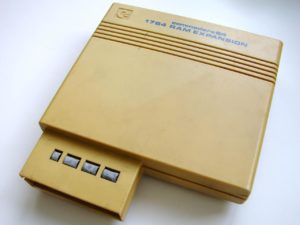
Commodore 1764 REU. (photo by T. Conté)
Commodore started selling their RAM Expansion Units (REU) in 1985 when the C128 came out. The REU was actually quite sophisticated, with its own controller — the MOS8726, REC — that provides fast memory-transfer by DMA.
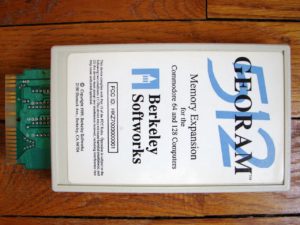
The GeoRAM cartridge. (photo by T. Conté)
On Kernal Switchers
The Kernal is the low-level “operating system” of the Commodore 64. The functions it provides are the basis for higher level routines in Basic and most other software running on Commodore’s 8-bit machines. In case of the C64 it comes in the form of an 8k ROM chip or as part of a 16k ROM chip in later versions. So the good news is, the Kernal is immune to corruption though any kind of malware. The bad news is, there is no easy way of updating or replacing it although Commodore’s original Kernal leaves a lot of room for improvement.

